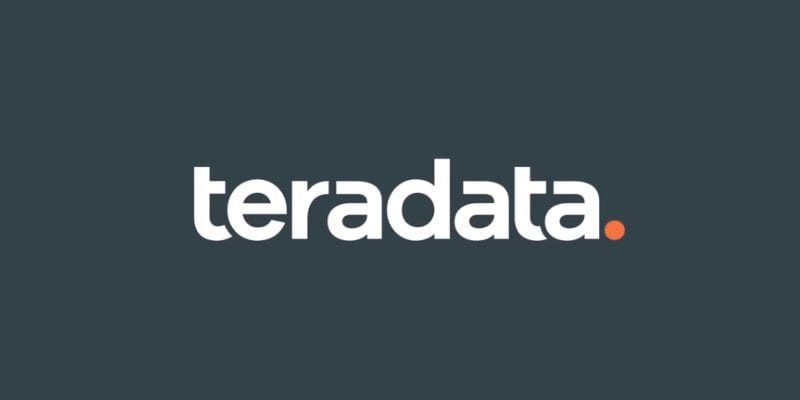Slices at Amazon Redshift can be viewed as standalone computers, each Slice has its own CPU, memory, and information.
Similar to Teradata, pieces are connected over a network.

What's the data of a desk distributed in Amazon Redshift?
The first distribution of the data is analogous to Teradata. Here all Massive parallel systems are comparable: hashing is used.
Back in Teradata, the primary indicator is employed for this function. An equivalent To the Primary Index in Teradata is your Distkey at Amazon Redshift.
Just as the Primary Index identifies the AMP holding a row, the Distkey is utilized to recognize the correct slit if the WHERE condition of the SQL statement comprises the column that's defined as Distkey.
Why is Teradata Columnar distinct from Redshift Columnar?
Amazon Redshift spreads the information across all slices and then divides Them into columns.
The columns of a row are assigned to cubes so that they can easily be found together again.
Each block includes metadata that save the value range of the block. This helps to not read blocks if they do not include the values you are looking for.
Teradata provides storage of columnar tables in different ways, but it reconstructs rows.
In another step, the row-based classic database engine does its own work.
Is there an equivalent to Teradata Partitioned Primary Index Tables?
That is what the sortkey in Amazon Redshift is for.
Are there secondary indicators in Amazon Redshift like in Teradata?
No, but let's be fair: How often do you utilize a NUSI or USI in Teradata?
And if so, isn't it always difficult to design it to be used? In Teradata, data must be appropriate, selectivity has to be right, etc..
Amazon Redshift utilizes an ingenious Way of performance tuning:
For every data block, the value range is saved in metadata. This allows Amazon Redshift to limit the search to data to blocks that match the WHERE condition.
What do Amazon Redshift data cubes look like?
As in Teradata, the size of these data blocks is lively.
In Amazon Redshift, a data block grows up to a size of one megabyte, then the data block is split into two blocks of equal size.
How do joins work in Amazon Redshift?
In this respect Redshift is not very different from Teradata: The information Must be about exactly the exact same piece to be joined.
If the distkey of both tables is the same, then the information of both tables Are already on exactly the same slice.

But how can you prevent information from being copied throughout the link? Amazon Redshift lets you copy a table to all pieces in advance.
While Teradata can choose this strategy throughout the join to bring the Rows on a frequent AMP, this can be pre-defined in Redshift.
No comments:
Post a Comment